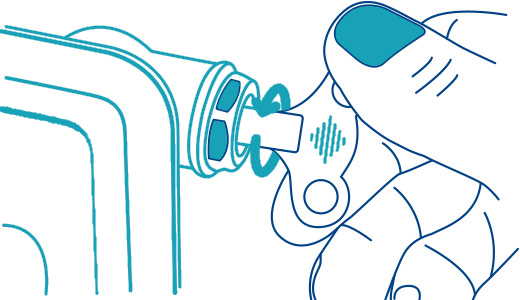Bleeding a radiator: a guide
If your radiators aren't heating up properly or they have cold spots, you might need to bleed them.
Don't worry - this is a simple fix that anyone can do. You'll find a guide below showing how to bleed a radiator in a few quick steps. Not only will it keep your house warmer, it will save you money too.
Why would you need to bleed a radiator?
- Radiators need bleeding when they have air trapped inside them. This trapped air stops warm water circulating around your radiator. That can make the radiator cold at the top, but warm at the bottom.
- It means your central heating system isn't working efficiently and it can take longer to warm up your room. It can also cost you money, as your bills will be higher.
- You might also need to let out trapped air if you have noisy radiators which are making banging, clanking or gurgling noises.
- It's recommended that you bleed your radiators once a year, even if they are working properly.
How to bleed your radiator
What you'll need:

- Turn off your heating. You can't bleed a radiator when the heating is on, as it may be too hot to touch. You could also get hot water spraying out of the radiator.
- Use your radiator key to turn the valve at the top of the radiator. Attach the key to the square groove in the centre of the valve as shown in the diagram and turn it slowly anticlockwise. You should hear a hissing sound. This is the trapped air escaping. Use your cloth to catch any water that comes out.
- Retighten the valve once the hissing stops and only liquid comes out. Do this quickly to stop too much water escaping.
- Turn your central heating system back on.
- Check the pressure by looking at the gauge on your boiler. Bleeding your radiators can cause the pressure to drop. If the pressure is too low, you'll need to top it up. Use the lever or tap on your boiler, known as the filling loop.
- Check if your radiator is now heating up properly. If the heat is evenly spread through the radiator, you've fixed the problem.

